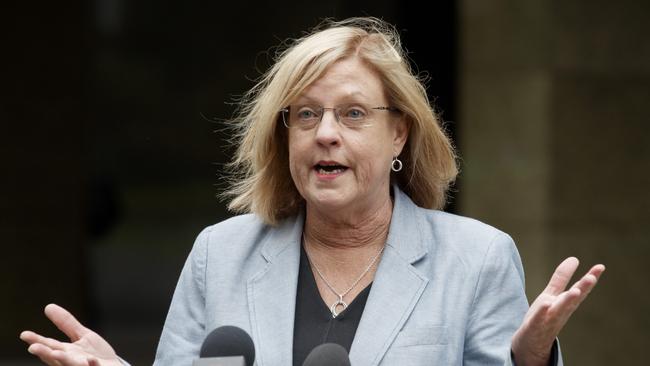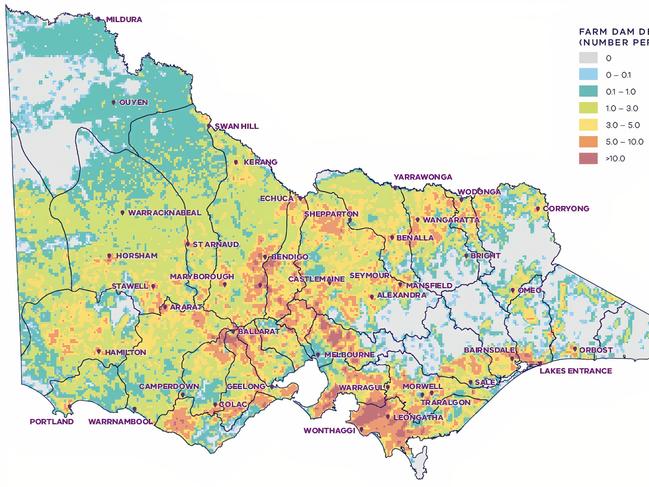Victorian stock and domestic farm dam limits in limbo
The Government is wrestling with how it will limit the impacts of Victoria’s 450,000 stock and domestic dams on downstream uses.

Victorian Water Minister Lisa Neville appears to have abandoned a promise to investigate introducing “reasonable use limits” on rural landholders’ stock and domestic dams, which she first proposed in 2016.
The government’s own research shows Victoria has about 450,000 farm dams, with the greatest density of 10 or more a square kilometre found across the tree-change zones within 100km of Melbourne, southern Victoria’s dairying country and north of the Divide near Ballarat, the Upper Campaspe and North East Victoria.
In its 2020 report Factors contributing to changes in long-term water availabilitythe government found: “across southern Victoria, there are over 220,000 D&S dams with a total estimated volume of about 380,000 megalitres”, equal to a third of the capacity of Thomson Reservoir, which is Melbourne’s largest.
The government’s 2016 Water for Victoria plan warned the risks posed by stock and domestic dams, and waterway take, needed to be managed and promised to “investigate the introduction of a reasonable use limit for domestic and stock rights”.
At the time, the plan stated such limits would “ensure consistency and fairness in access to water resources in consultation with the community and relevant stakeholders”.

But Spring Hill farmer Scott Selle said he had repeatedly asked the government what it planned to do, given “there was still no meat on the bones” of the proposal.
“Even if they’re kicking the can down the road a bit, they’d want to do it before the next election,” Mr Selle said.
“I can understand the argument in peri-urban areas, with one to five-acre blocks, where you might link D&S (take) to carrying capacity.”
As it stands Mr Selle said landholders had been left in limbo, not knowing if or when any limits would be imposed on a critical resource.
Ms Neville said “we are aware of the risk on-farm dams pose to downstream water flows and are investigating options to manage (them) without diminishing the benefits that small catchment dams provide”.
“We are developing a monitoring framework for central Victoria and Gippsland to identify emerging risks from the increasing number of small catchment dams across the region.”
The Government’s draft Central and Gippsland Region Sustainable Water Strategy released last month warned: “The proportion of run-off intercepted by small catchment dams is greatest in dry years because they get the first run-off when rainfall events occur.
“For example, in the Moorabool Basin up to 23 per cent of run-off may be captured by small catchment dams in a dry year.”




